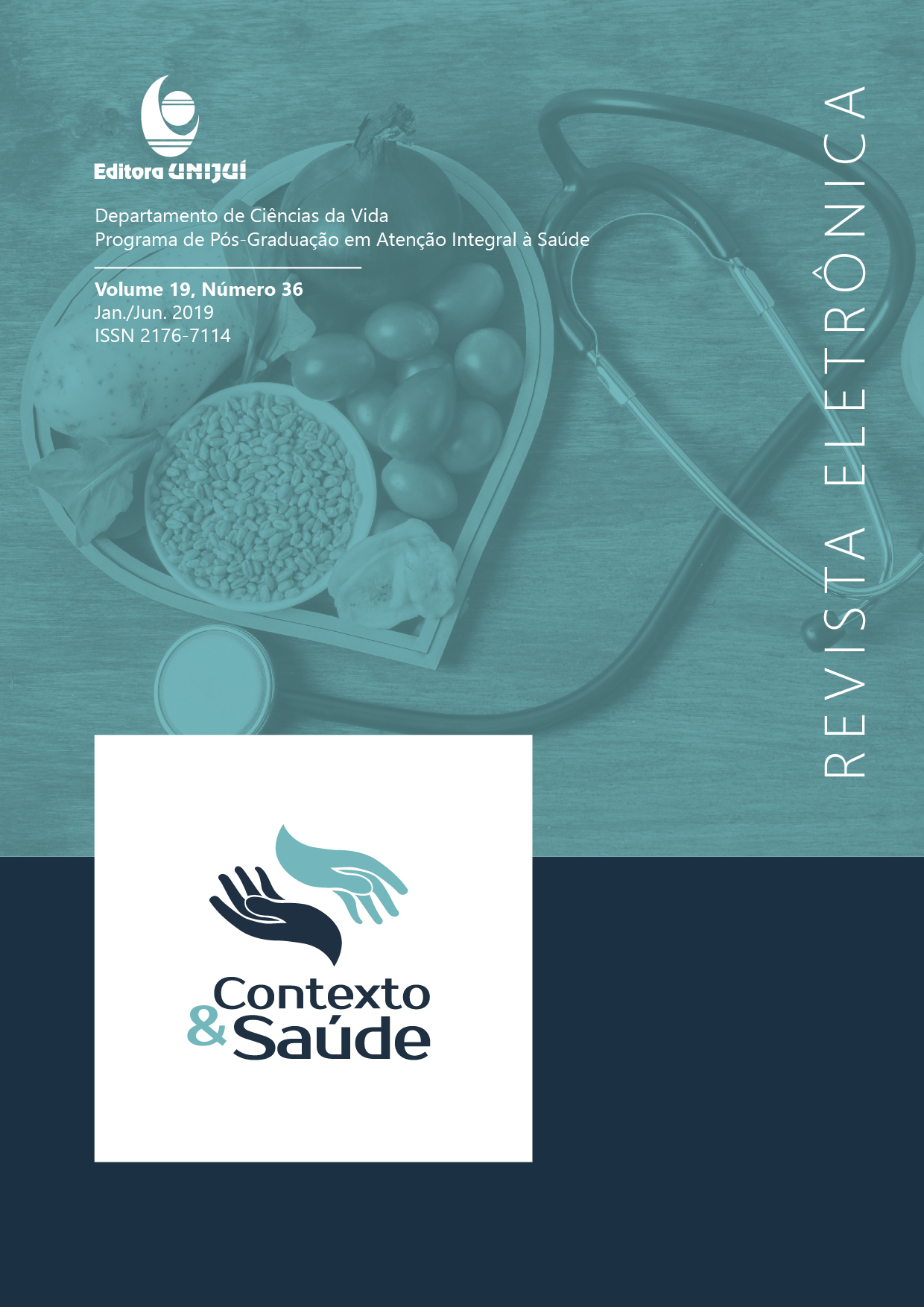ANSIEDADE NA PERFORMANCE MUSICAL DE MÚSICA DE CÂMARA: O EFEITO DO BIOFEEDBACK COMO MEDIDA INTERVENTIVA
DOI:
https://doi.org/10.21527/2176-7114.2019.36.120-126Keywords:
Music performance anxiety, chamber music, biofeedback, tromboneAbstract
Music Performance Anxiety (MPA) is described as a persistent apprehension that compromises performative skills, both in solo or group performances. In addition to physiological symptoms, such as increased heart rate, hyperventilation, sweating or nausea, MPA is associated with psychological and cognitive symptoms of performance negative impact. The present work intends to study the effectiveness of biofeedback training in the context of chamber music performance, applying a quasi-experimental. 2 quartets of trombonists were selected, quartet (1) being the experimental group and quartet (2) the control group. Both made public presentations, before and after the intervention. Quartet (1) underwent a program of 8 biweekly sessions of biofeedback training, in order to verify if it contributed to diminish the effects of MPA. The questionnaires State Trait Anxiety Inventory (STAI), Kenny Music Performance Anxiety Inventory (K-MPAI) and Kessler Psychological Distress Scale were used to evaluate the intervention efficacy. The results suggest that this type of intervention is favorable with regard to the decrease of APM levels in the context of chamber music. Some implications of this study are mentioned for the reduction of performance anxiety in training and teaching contexts, as well in professional musical practice.
Downloads
Published
How to Cite
Issue
Section
License
By publishing in Revista Contexto & Saúde, authors agree to the following terms:
The works are licensed under the Creative Commons Atribuição 4.0 Internacional (CC BY 4.0) license, which allows:
Share — to copy and redistribute the material in any medium or format;
Adapt — to remix, transform, and build upon the material for any purpose, including commercial.
These permissions are irrevocable, provided that the following terms are respected:
Attribution — authors must be properly credited, with a link to the license and indication of any changes made.
No additional restrictions — no legal or technological measures may be applied that restrict the use permitted by the license.
Notes:
The license does not apply to elements in the public domain or covered by legal exceptions.
The license does not grant all rights necessary for specific uses (e.g., image rights, privacy, or moral rights).
The journal is not responsible for opinions expressed in the articles, which are the sole responsibility of the authors. The Editor, with the support of the Editorial Board, reserves the right to suggest or request modifications when necessary.
Only original scientific articles presenting research results of interest that have not been published or simultaneously submitted to another journal with the same objective will be accepted.
Mentions of trademarks or specific products are intended solely for identification purposes, without any promotional association by the authors or the journal.
License Agreement (for articles published from September 2025): Authors retain copyright over their article and grant Revista Contexto & Saúde the right of first publication.

